British Airways launches digital bag tags – but do you want one?
Links on Head for Points may support the site by paying a commission. See here for all partner links.
It’s taken six years, but British Airways has finally managed to sort out the digital bag tags it was first trialling back in 2013.
The introduction of this technology appears to have had numerous setbacks – including yet again earlier this year, given that British Airways was advertising the new tags in Business Life magazine last December for a January launch.
The technology has been branded ‘TAG by British Airways’. You can see more on this special page on the BA website here.
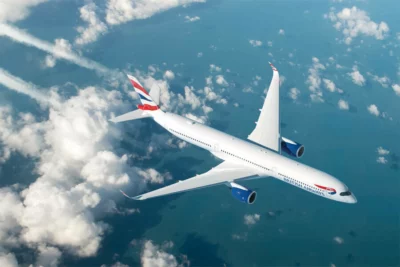
You can pre-order a TAG now with an expected delivery date of mid-July. There is an introductory pricing offer:
£63 until October
£80 thereafter
Both of these are higher than the £60 mentioned in the Business Life ad last December.
What are the benefits?
The main selling point, as British Airways sees it, is that it will save you time when you drop your bag.
Now that British Airways has moved most of its bag drops to self-service counters (for economy passengers at least) you must print your own bag labels. With the digital bag TAG, however, all you need to do is apply the correct routing to the tag from within the BA mobile app and then send it on its way.
You will, of course, also save on sticky labels although it is probably significantly more energy intensive to manufacture the digital TAG than it is to print on paper …..
Is it worth it?
In short, probably not. £63 – increasing to £80 – seems very expensive for a service that is currently free, and the time you will save by not having to print paper tags is minimal.
If you normally check in two suitcases, of course, then you are looking at £126, riding to £160. These are not trivial numbers.
Baggage tag printing is not a significant bottle neck in airport departures, unlike the bag drop itself, and unfortunately this new digital TAG does not miraculously drop your bags for you! I can only see it being a benefit if BA sets up an exclusive Bag Drop desk just for TAG customers.
You also need to remember that Business and First Class passengers – or status passengers using the Business and First Class desks – do not need to pre-print baggage tags. There is no benefit for these passengers at all.
TAG does NOT have tracking capability. If it did – allowing you to check via the BA app where your bag was at any particular moment – it would have some added value. But it doesn’t.
The TAG gets even less compelling when you take a look at the FAQs that British Airways has set up on its TAG page, where you can see that it only works in 63 countries globally.
According to the site, TAG has a usable life of five years before the battery dies which doesn’t seem like a lot, although I accept that the technology will move on quickly anyway.
Additionally, you can’t use the TAG on connecting flights yet (although BA promises this will be part of a “future release”) or other airlines, since it can only be used in conjunction with the British Airways app.
Then, of course, you have to consider how much you trust the technology itself. How willing are you to trust that the e-ink screen on the TAG doesn’t get smashed in transit, or the battery dies, or the connection to the BA app isn’t lost or tampered with?
TAG by British Airways seems to add needless complexity to a process that is already remarkably reliable. Thanks to the micro-barcode that is removed from the printed label and stuck directly onto your case, traditional bag tags already have a level of back-up that the digital bag tag will not. Often the simplest solution is also the best solution!
PS. If you are not a regular Head for Points visitor, why not sign up for our FREE weekly or daily newsletters? They are full of the latest Avios, airline, hotel and credit card points news and will help you travel better. To join our 70,000 free subscribers, click the button below or visit this page of the site to find out more. Thank you.
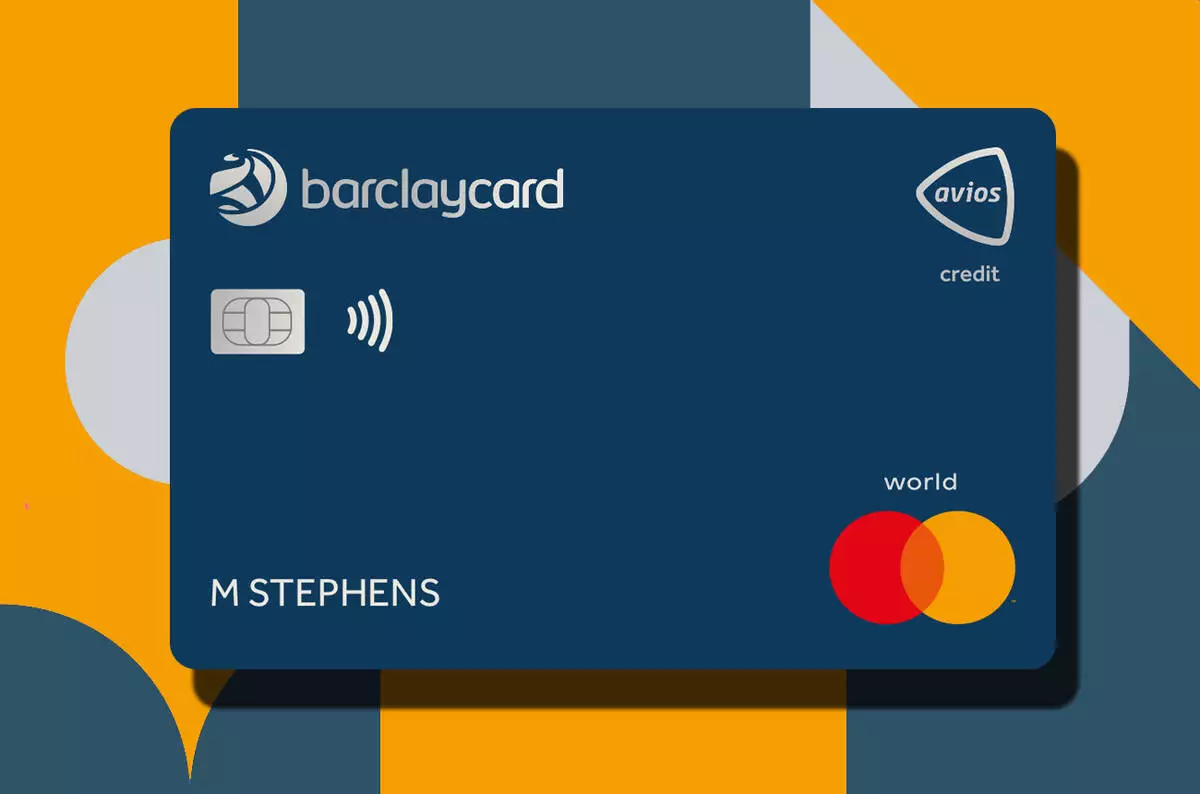
How to earn Avios from UK credit cards (July 2025)
As a reminder, there are various ways of earning Avios points from UK credit cards. Many cards also have generous sign-up bonuses!
In February 2022, Barclaycard launched two exciting new Barclaycard Avios Mastercard cards with a bonus of up to 25,000 Avios. You can apply here.
You qualify for the bonus on these cards even if you have a British Airways American Express card:
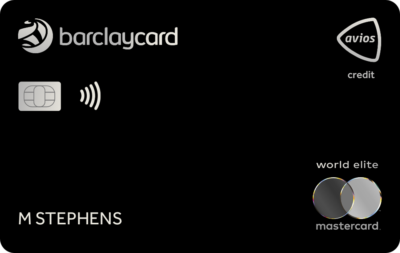
Barclaycard Avios Plus Mastercard
Get 25,000 Avios for signing up and an upgrade voucher at £10,000 Read our full review
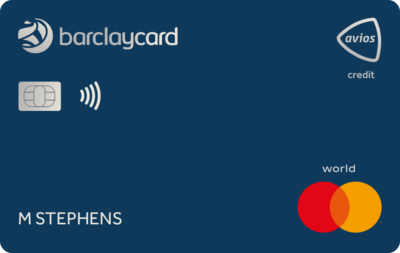
Barclaycard Avios Mastercard
Get 5,000 Avios for signing up and an upgrade voucher at £20,000 Read our full review
There are two official British Airways American Express cards with attractive sign-up bonuses:
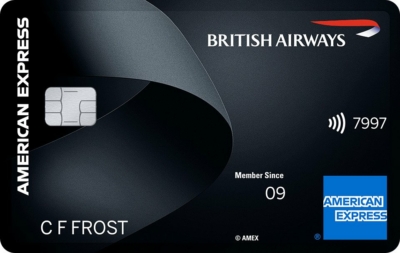
British Airways American Express Premium Plus Card
30,000 Avios and the famous annual Companion Voucher voucher Read our full review
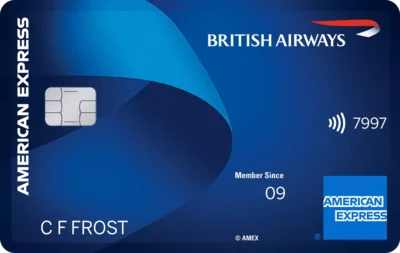
British Airways American Express Credit Card
5,000 Avios for signing up and an Economy 2-4-1 voucher for spending £15,000 Read our full review
You can also get generous sign-up bonuses by applying for American Express cards which earn Membership Rewards points. These points convert at 1:1 into Avios.
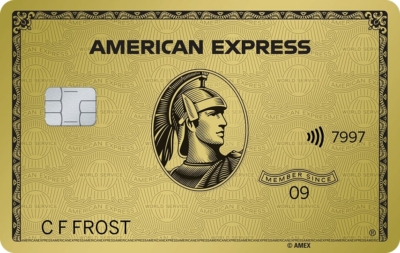
American Express Preferred Rewards Gold Credit Card
Your best beginner’s card – 20,000 points, FREE for a year & four airport lounge passes Read our full review
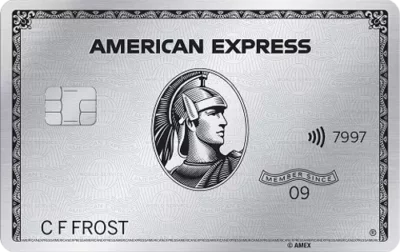
The Platinum Card from American Express
50,000 bonus points and great travel benefits – for a large fee Read our full review
Run your own business?
We recommend Capital on Tap for limited companies. You earn points worth 0.8 Avios per £1 on the FREE standard card and 1 Avios per £1 on the Pro card. Capital on Tap cards also have no FX fees.
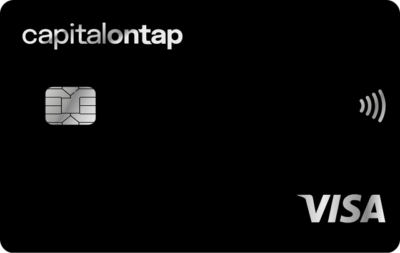
Capital on Tap Visa
NO annual fee, NO FX fees and points worth 0.8 Avios per £1 Read our full review
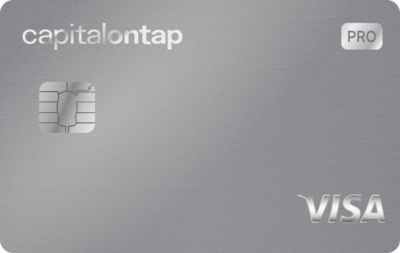
Capital on Tap Pro Visa
10,500 points (=10,500 Avios) plus good benefits Read our full review
There is also a British Airways American Express card for small businesses:
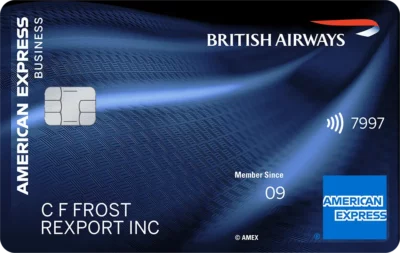
British Airways American Express Accelerating Business Card
30,000 Avios sign-up bonus – plus annual bonuses of up to 30,000 Avios Read our full review
There are also generous bonuses on the two American Express Business cards, with the points converting at 1:1 into Avios. These cards are open to sole traders as well as limited companies.
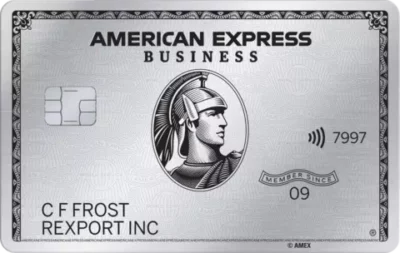
The American Express Business Platinum Card
50,000 points when you sign-up and an annual £200 Amex Travel credit Read our full review
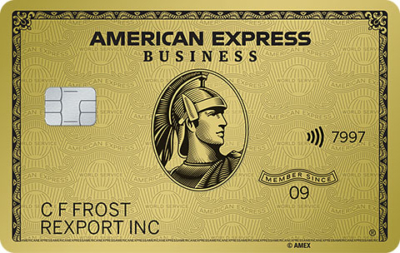
The American Express Business Gold Card
20,000 points sign-up bonus and FREE for a year Read our full review
Click here to read our detailed summary of all UK credit cards which earn Avios. This includes both personal and small business cards.









Comments (53)